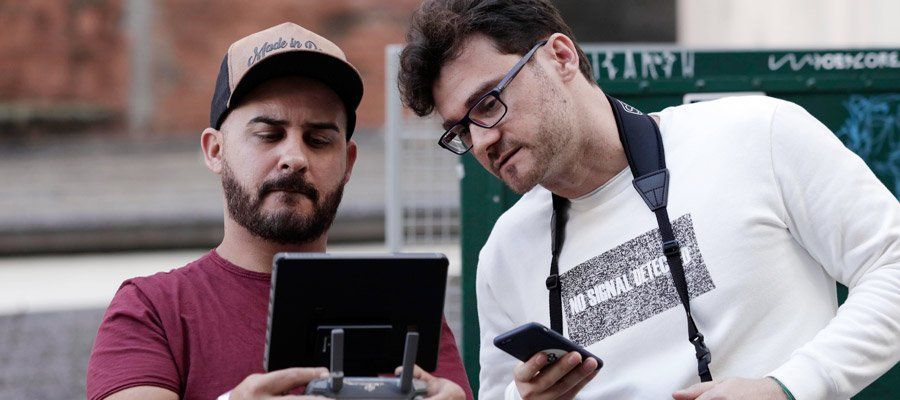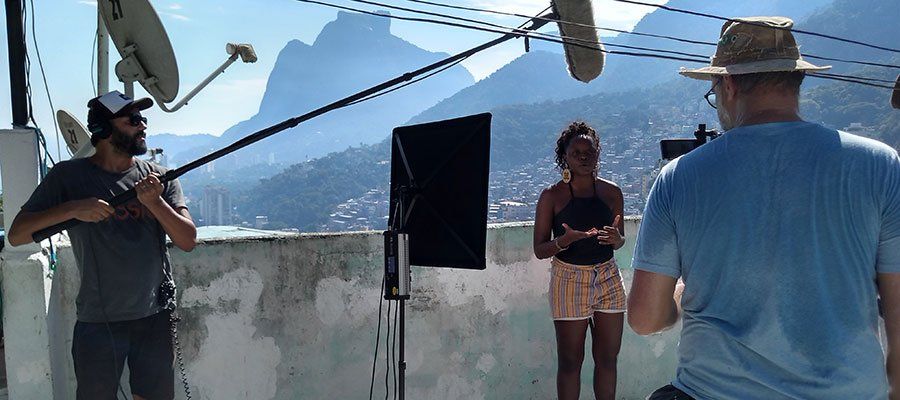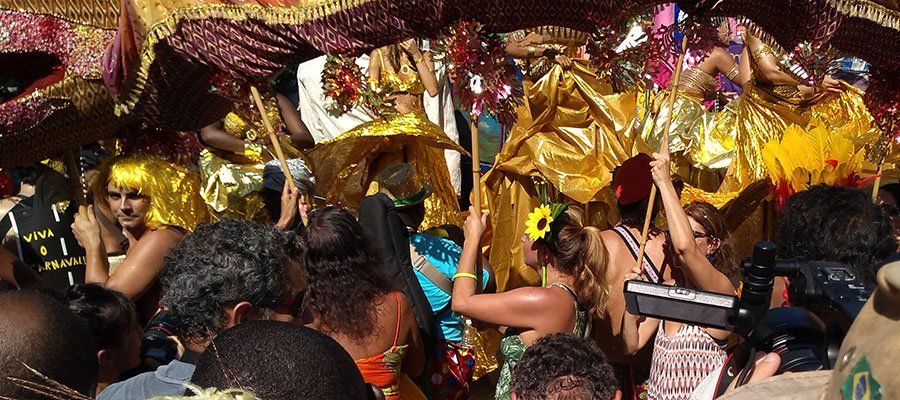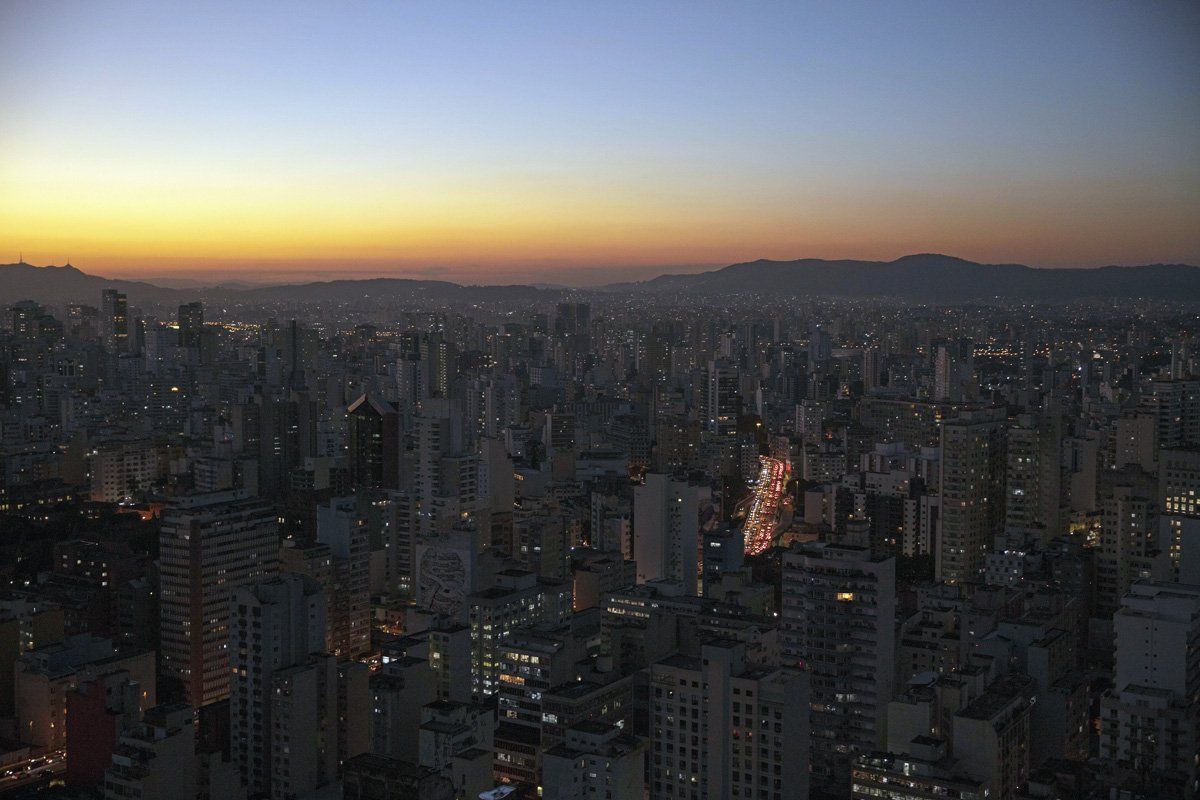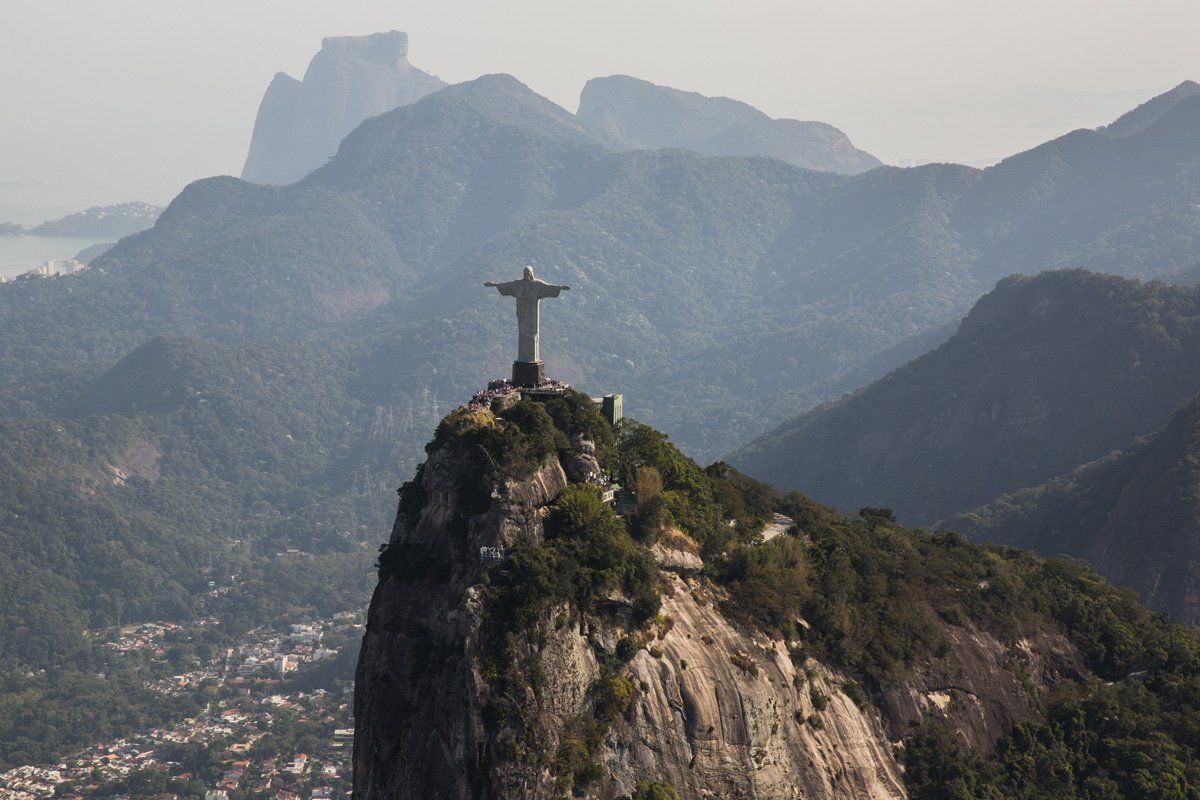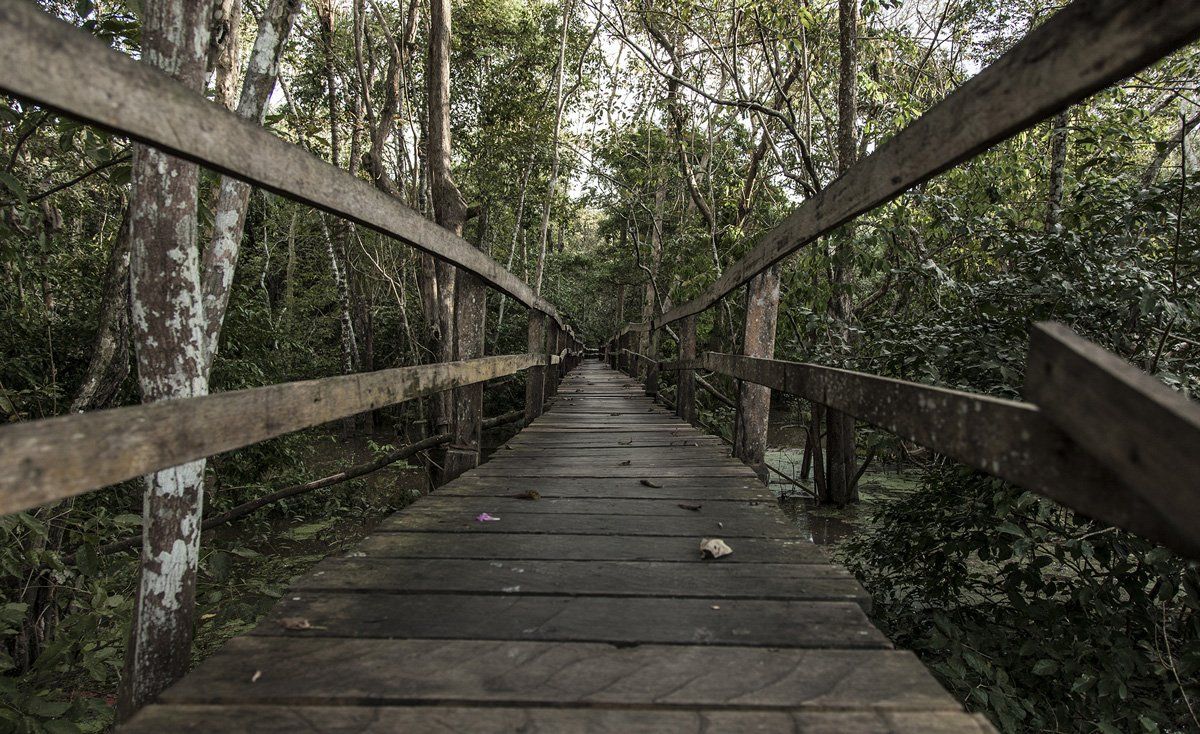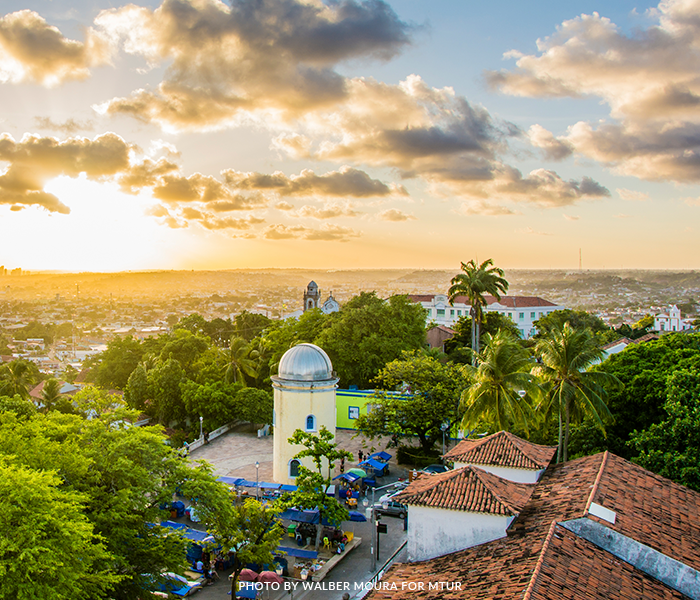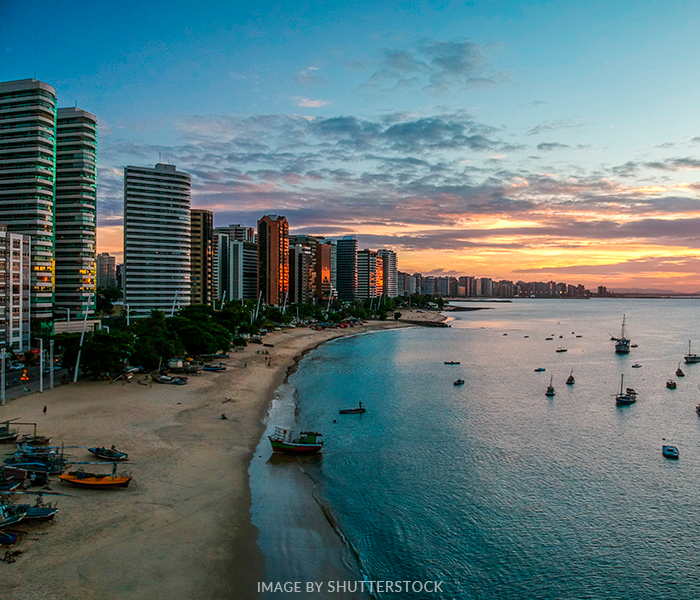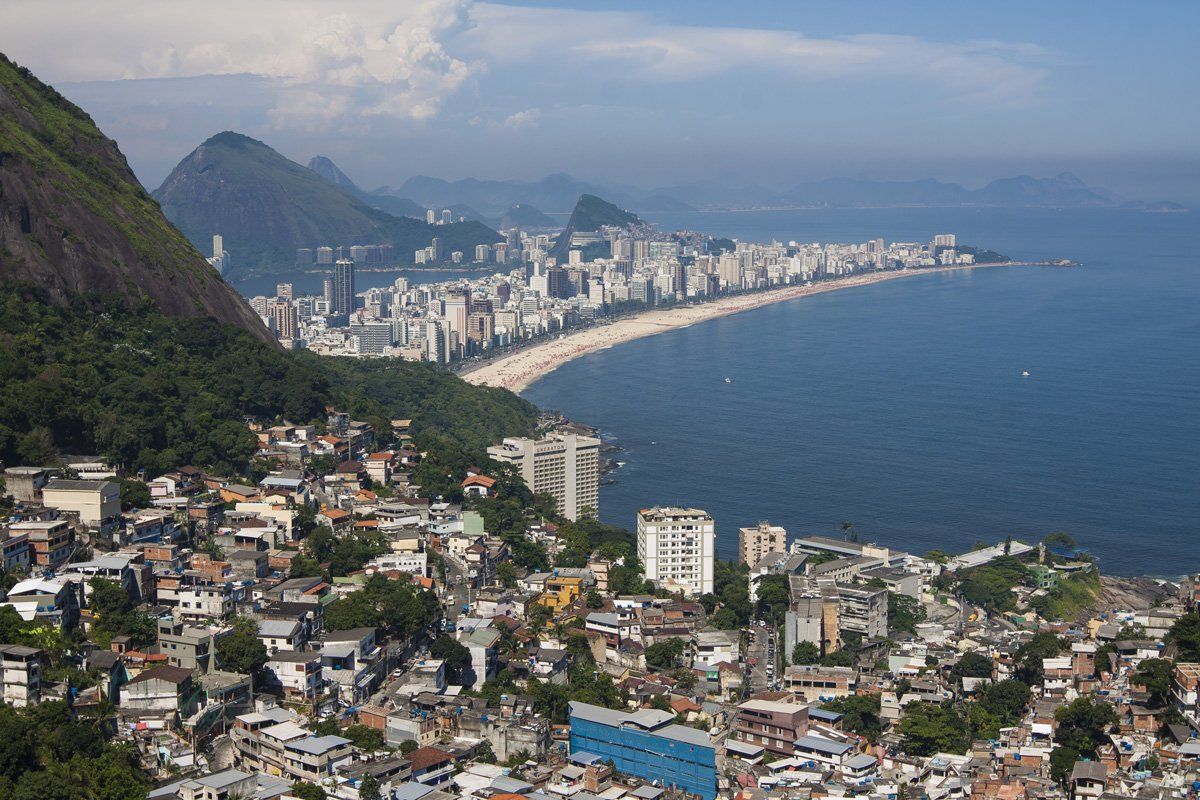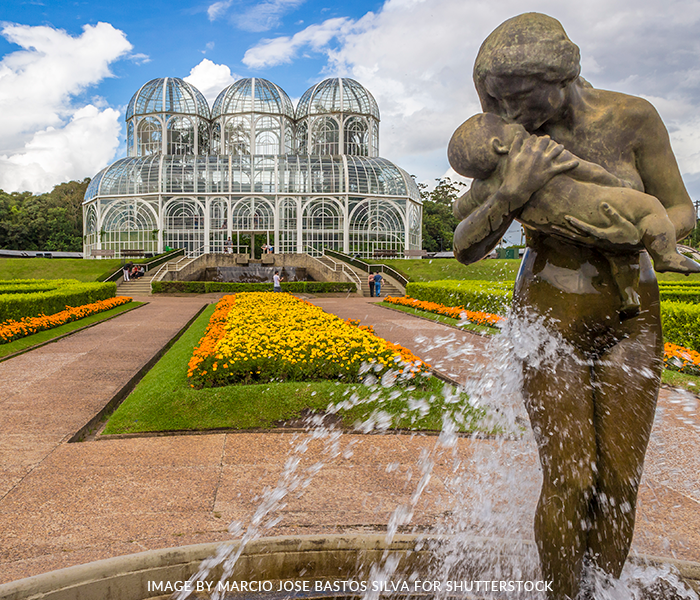Carnaval in Brazil
The samba parade in Rio de Janeiro might make the news headlines, but there's a whole lot more to Brazil's Carnaval. Read on to find out more, plus our production tips for filming this extravagent spectacle...
FIND OUT MORE

Brazil's Carnaval is one of the biggest open air celebrations in the world. But there is much more to it than the news headlines might have you believe
"The year doesn't start until after Carnaval" is a popular saying in Brazil that demonstrates just how important the date is in the national calendar. It's celebrated the length and breadth of the country, and each city and region has its own traditions. What they all have in common, however, is music, dancing, costumes and a whole lot of people letting their hair down in raucous style.
From the big samba parades in Rio de Janeiro and São Paulo, to the
blocos (street parties) that vary in size from a gaggle of neighbours banging drums to roving sound systems with million-strong crowds, Carnaval (or Carnival, in the English spelling) has something for everyone.
10 things you (probably) didn't know about Carnaval in Brazil
01 Carnaval has been celebrated for more than 2,000 years
02 Carnaval takes place forty days before Easter
03 Carnaval lasts for weeks
04 Carnaval is not just a Rio thing
05 São Paulo now hosts the biggest Carnaval in Brazil
In 2010, most people would visit São Paulo during Carnaval precisely to escape the chaos in other Brazilian cities, in search of peace, quiet and a traffic-free city where they can shop, eat out and enjoy the city's cultural attractions without the crowds.
In 2020, however, the city hosted the biggest street Carnaval in Brazil, with more than 800 officially approved blocos (street parties) hitting the streets throughout Carnaval.
To put that in context, in 2011 there were just a few dozen blocos in São Paulo. By 2019, that number had grown to just over 500 blocos, attracting 14 million people, compared to a similar number of blocos but just half the number of revellers (7 million) in Rio de Janeiro throughout the Carnaval period.
06 Brazilian cities have parade grounds built just for Carnaval
07 Anyone can parade at the Sambadrome during Carnaval
08 Carnaval has a Queen
09 The street parties are where the wild things are
10 Carnaval is big business
In the past, samba schools in Rio de Janeiro have been embroiled in scandals about money laundering and links with drug traffickers . These days, the money that revolves around Carnaval is legit and involves big sums. Brands sponsor the street celebrations in Brazil’s biggest cities in deals worth millions of dollars, while the televised samba parades also bring in big sponsorship deals for national broadcaster Globo. Millions of visitors descend on the main Carnaval cities spending money on food, drink and accommodation. In 2020, São Paulo’s street Carnaval generated over half a billion dollars for the city economy, according to the city’s tourism board.
In 2021, Carnaval was canceled throughout the country due to the Covid-19 pandemic. In 2022, because of the spread of the Omicron variant, the São Paulo and Rio de Janeiro health departments decided to postpone the Sambadrome parades until April. However, the blocos that also occur during this celebration were not permitted: Carnaval was lacking its spirit.
The entire magnificence of Carnaval will be back in 2023! Parades start on February 17, the main event happens on Feb. 19, and the celebrations wrap up on Feb. 22.
Starting in November of last year, the samba schools rehearse in their courtyards on Saturdays. And, every Sunday from January 15 to February 12, the Sambadromes run technical rehearsals.
If you are thinking about coming to Brazil to film anything related to Carnaval, Story Productions can help you navigate the festivities with the best crew, using the best equipment. Please
drop us a line, and we'll provide you with excellent production services to help you achieve your audiovisual project goals.
Tips for filming Carnaval in Brazil
If filming anything other than the Carnaval itself, we would generally advise our clients to avoid this holiday period, when shoot logistics are that much more challenging and expensive. That said, Carnaval is a videographer’s dream, so for crews looking to film Carnaval, read on for our productions tips:
High profile foliões (party goers, samba dancers and musicians) tend to have their diaries full for the duration of Carnaval, so planning interviews ahead is important. People often cancel or reschedule at the last minute, too, so having a back-up plan for shooting B-roll or other interviews means time and money isn’t wasted.
Navigating big crowds of revellers with heavy cameras is not conducive to capturing the best footage. If close-ups and vox pops are important, the crew should shoot with just the bare essentials that are are as lightweight as possible. Story Productions can provide all equipment necessary. Read our guide to bringing equipment in and out of Brazil.









